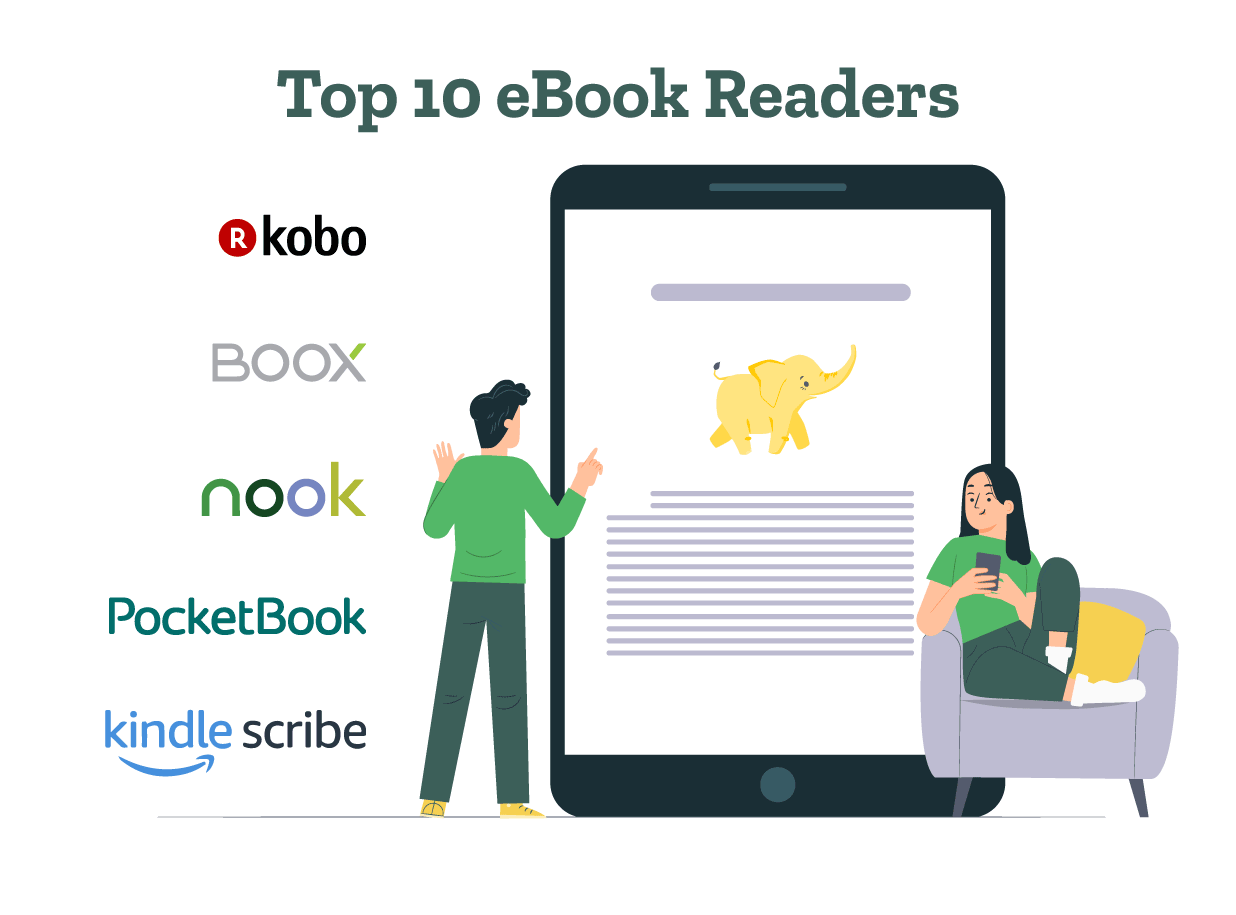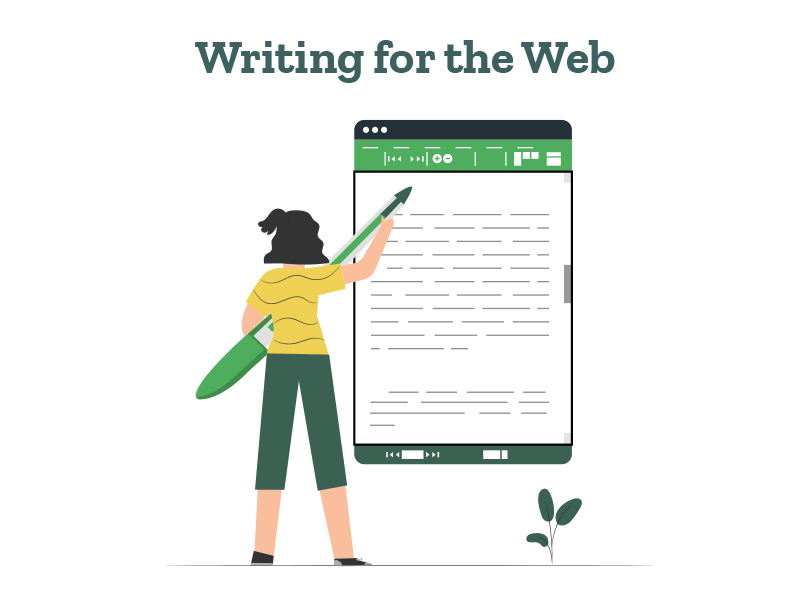Still have questions? Leave a comment
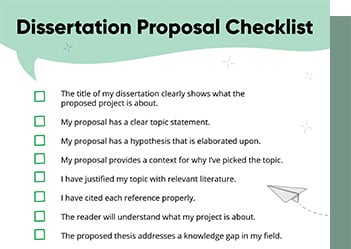
Checklist: Dissertation Proposal
Enter your email id to get the downloadable right in your inbox!
[contact-form-7 id="12425" title="Checklist: Dissertation Proposal"]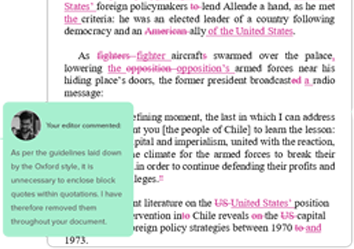
Examples: Edited Papers
Enter your email id to get the downloadable right in your inbox!
[contact-form-7 id="12426" title="Examples: Edited Papers"]Need
Editing and
Proofreading Services?

What Is an Appendix In a Paper?
 May 30, 2025
May 30, 2025 5
min read
5
min read
Have you ever wondered about those extra sections at the end of academic papers? They are called appendices. When writing academic or research papers, additional details, data, and supportive information are included to enrich the primary text, but their vastness typically overwhelms readers.
So, what is the solution? This is where you can make an appendix to accommodate this information. In this post, let us dive into what an appendix is, why it is used, and how to correctly include it in your academic papers.
Can’t Decide what Your Research Paper Lacks? Get a Professional Opinion. Learn More
What is an appendix in a paper?
An appendix (plural: appendices) is a section at the end of research papers, dissertations, or theses that contains additional or supporting material that strengthens your main argument or content but is not essential to its core message.
An appendix might include raw data, additional tables, or detailed explanations that provide value to readers interested in decoding your research further. However, this additional information does not directly fit into the paper’s body. Hence, it needs to be included in a place where it adds value without affecting the flow of your paper.
An appendix enables writers to provide various important details without distracting the audience from the research paper’s key focus areas. Appendices enhance clarity and readability for the target audience.
Why use an appendix?
Using an appendix has several benefits that contribute to a well-organized and comprehensive paper. It is a great tool to ensure your work can be presented in a systematic manner, where it becomes clear to your readers that clarity and coherence have been prioritized.
Here’s why including appendices is often advantageous:
1. Enhanced readability
Appendices offer a place for supplementary information, enabling readers to easily access it if they want to explore the specifics of a matter or topic. It ensures there is zero disruption to the flow of the main text.
2. Efficient organization
By placing extra material in an appendix, you can maintain a streamlined structure in the body of your paper. It allows readers to follow the main argument or analysis smoothly. They can stay unhassled by details that do not contribute directly to the main discussion.
3. Data transparency
If your paper relies on data, including raw data tables or charts in the appendix, it demonstrates transparency. Readers can verify your data and understand your research methodology. It also shows your commitment to quality research work and good research practices.
4. Comprehensive evidence
Appendices can hold evidence that substantiates your research findings, such as interview transcripts, survey results, or extensive literature references, offering readers more depth than the primary text allows. Such transparency and a detail-oriented approach can significantly enhance the credibility and impact of your research.
What to include in an appendix
Some types of appendices are data, textual, visual, and documentation, among others. An effective appendix contains material directly relevant to your research but not essential to the primary narrative.
Here are some commonly seen elements that you might need to include for a comprehensive view:
1. Raw data and calculations
Complex data sets, tables, and statistical calculations often fit well in appendices, helping you avoid overwhelming the reader with data in the main body. It prevents information overload and gives the readers useful input related to the key findings and observations of your research.
2. Detailed descriptions of research instruments
If you used specific tools, surveys, or equipment, include descriptions or even copies of these materials for reference. It enables readers to understand the methodology and replicate the study if needed.
3. An extended literature review or background information
Relevant articles, background studies, or theoretical frameworks that did not fit into the main text can go in the appendix, enriching your research context. By placing a detailed literature review or background information in the appendix, you can provide an exhaustive overview of the research field.
4. Interview transcripts or survey responses
Appendices are ideal for raw qualitative data, such as interview transcripts or survey responses, that support your findings and claims without burdening the main narrative. Including them in an appendix allows readers to access the raw data and draw their independent conclusions (if needed).
5. Additional graphs, charts, or images
Extra visuals, such as maps or diagrams, that support your points or provide context, can be placed in the appendix.
Appendices are a valuable tool, but they should be used judiciously. It is advisable not to use them as a catch-all for unrelated information.
Only include items that clarify or strengthen your paper’s main arguments. Also, it is important to plan the contents of the paper well to avoid including irrelevant information in the appendix.
How to format an appendix
Appendices in academic writing are typically formatted with clear labels, such as “Appendix A,” “Appendix B,” and so on, to ensure easy reference within the main text. Each appendix should begin on a new page, with a title centered at the top, followed by the content in a consistent font and size used throughout the document.
Depending on the type of material, such as tables, charts, or transcripts, additional formatting like numbered headings or explanatory notes may be necessary to maintain clarity and adherence to academic style guidelines like APA, MLA, or Chicago.
For more information about formatting an appendix, read this article: How to Format an Appendix: APA and MLA
Example of an appendix in a paper
Below is a sample layout that shows the structure of an appendix with various types of content:
Appendix A: Survey Questions
- How often do you use public transportation?
- Daily
- Weekly
- Rarely
- Never
Appendix B: Raw Data for Statistical Analysis
| Variable | Mean | Standard Deviation |
| Age | 34.2 | 4.7 |
| Income | 45K | 10K |
This format illustrates how different materials are organized in individual appendices. It makes each section easy to locate and reference in the text.
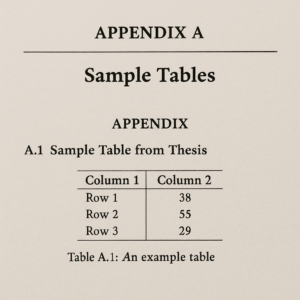
Appendix placement in different paper formats
The placement of an appendix can vary based on the paper type and style guide you are following.
Typically, the appendix is positioned after the main body text and before the reference list or bibliography. However, depending on the format of your paper, there may be some variation. Let us see how it works.
- Research papers: Appendices appear after the references list in APA format, but can vary in MLA and Chicago depending on the length and structure of the research work.
- Theses and dissertations: Appendices may appear at the very end of the document or after the conclusion, depending on your school or institution’s guidelines.
- Journal articles: Some journals prefer that appendices be submitted separately or appear after references, so it is essential to follow journal-specific guidelines.
Appendices vs. Footnotes/Endnotes
While appendices are detailed supplementary sections placed at the end of a document or paper, footnotes and endnotes serve different purposes and follow different conventions:
- Footnotes: They appear at the bottom of each page and are used for brief citations or clarifications that do not fit smoothly into the text.
- Endnotes: They are similar to footnotes but appear collectively at the end of a chapter or paper, allowing for brief explanatory notes without disrupting the text.
On the other hand, appendices are suitable for lengthy information, may span multiple pages, and require separate arrangements. Using appendices instead of footnotes helps present larger bodies of data or support documentation without cluttering the main text.
So, at the end of this discussion about what is an appendix in a research paper, we can conclude that it is a critical component for sharing detailed data and supporting information without disturbing content flow and readability. Mastering how to format an appendix and correctly including the right information makes your work look more professional.
Whatever style guide you might be required to follow, including appendices in the correct format ensures you can present a thorough, well-supported research narrative.
Incorporating an appendix can add immense value to your paper by making it comprehensive and reader-friendly. Follow these steps for research papers, theses, and journal articles, and let us know how it worked out for you. Did it make a lasting impact on your audience?
If you need assistance ensuring your paper is polished and professionally formatted, consider PaperTrue’s editing and proofreading services. Our expert editors can refine your work, improve content clarity and cohesion, and help you meet academic standards.
Here are some articles you might want to check out:





